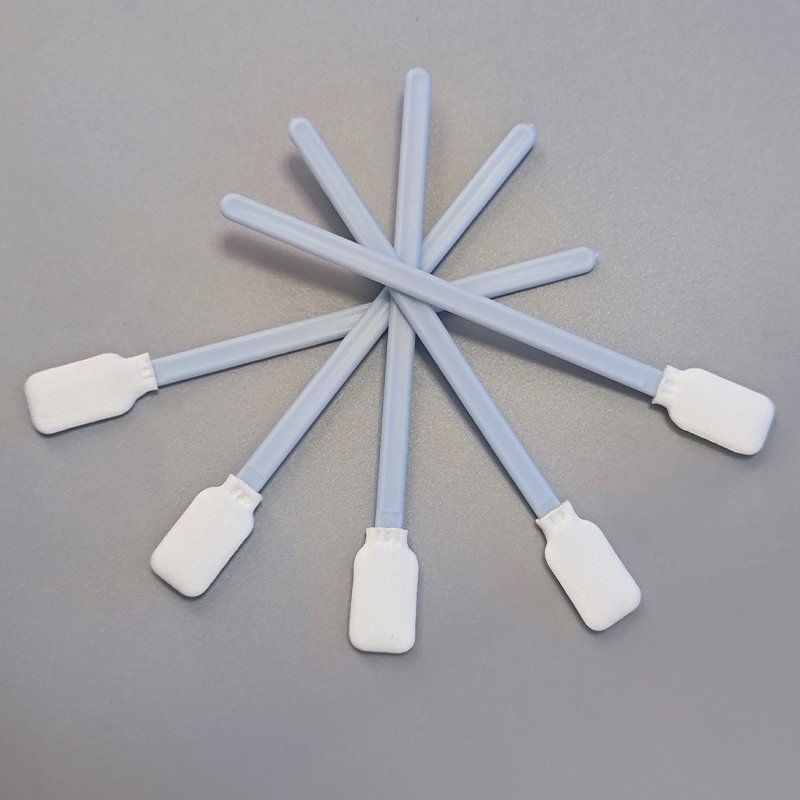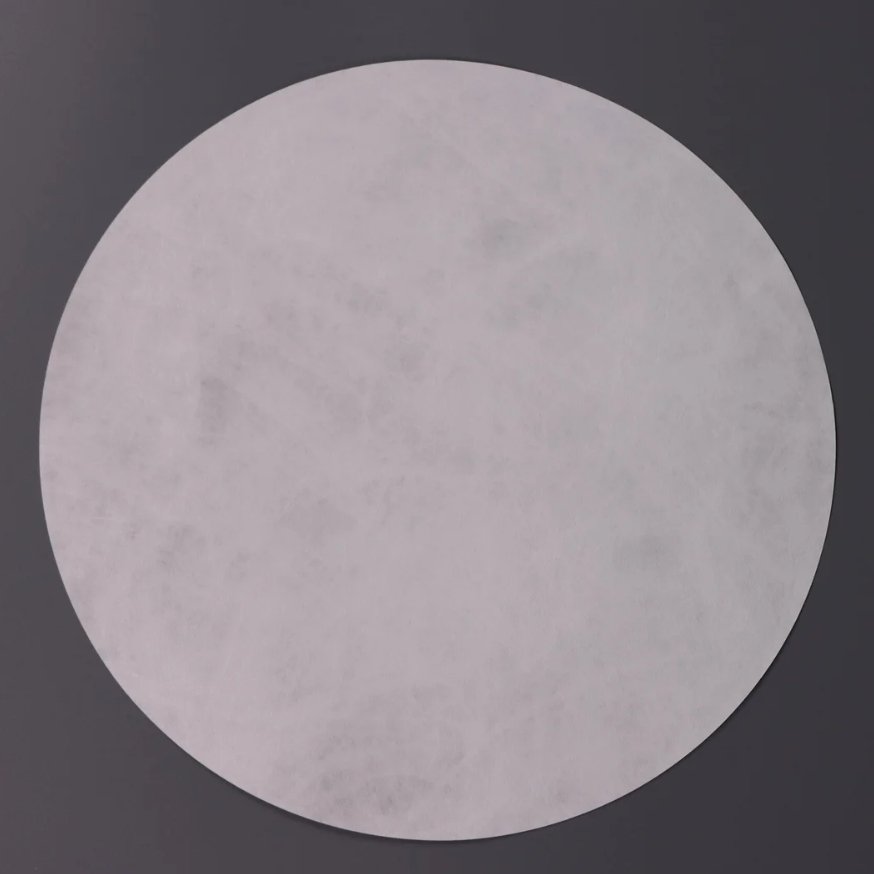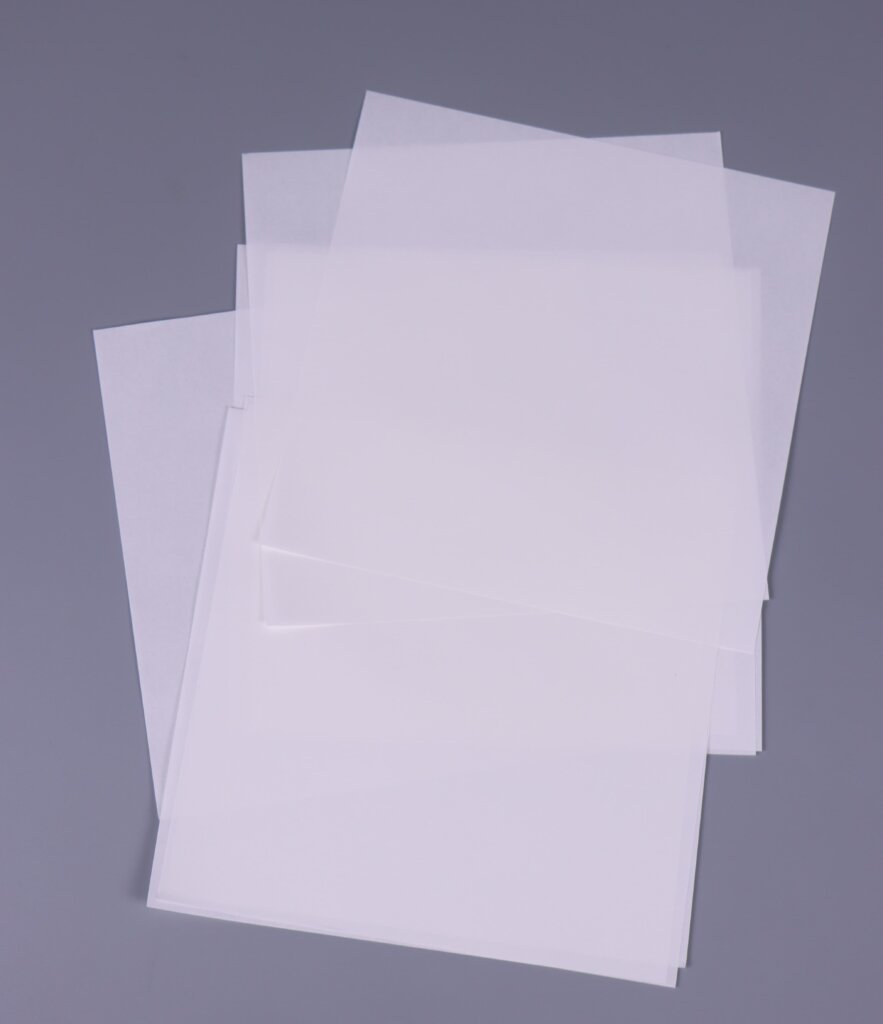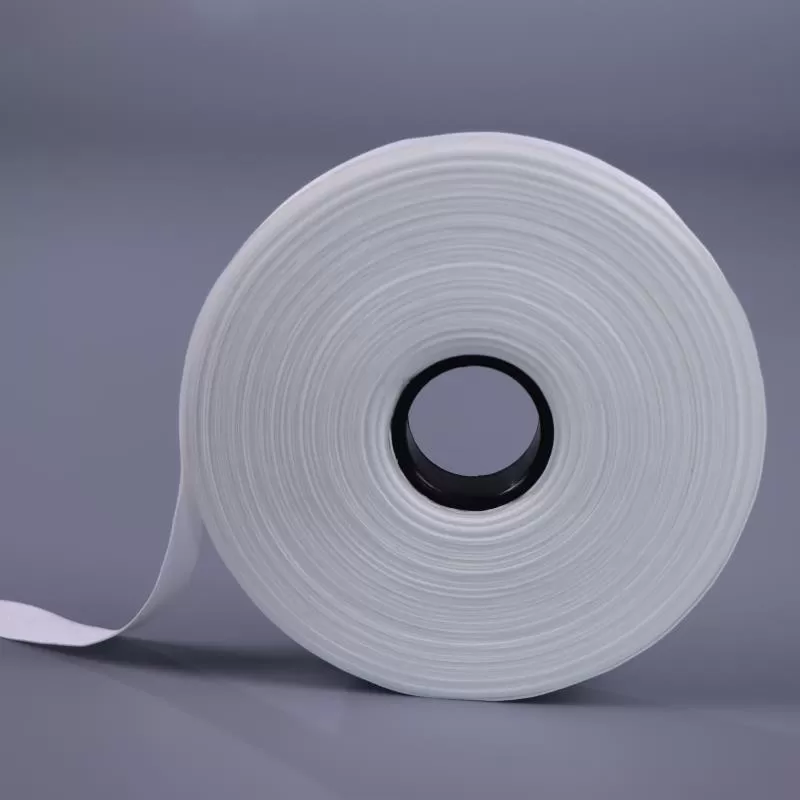In environments where contamination control is paramount, such as semiconductor fabs, optical lens coating, biopharmaceutical cleanrooms, and aerospace assembly, cleaning is a frontline defense against costly defects and product failure. And in this high-stakes world, microfiber cleanroom wipers have emerged as an indispensable tool.
But what exactly makes microfiber so effective in cleanroom applications, especially compared to traditional polyester wipes? Let’s unpack the science, structure, and performance behind these high-precision tools.
Structure of Microfiber
At the core of microfiber’s effectiveness lies its ultrafine structure. Microfiber is typically defined as a synthetic fiber with a diameter less than 1 denier (often around 0.3 denier), making it significantly thinner than a human hair.
However, it’s not just the small diameter that matters. It’s how these fibers are engineered and processed into a high-surface-area structure that truly sets them apart.

Split Fiber Technology
During manufacturing, microfiber yarns often undergo a process called split fiber processing. This involves mechanically or chemically separating bi-component filaments (typically polyester and polyamide) into multiple wedge-shaped or star-shaped micro-strands.
This splitting process results in two crucial improvements:
-
Increased surface area: Each fiber now has multiple edges, exponentially boosting its surface area.
-
Enhanced capillarity and adsorption: The split structure forms micro-channels between fibers that draw in and retain liquid and contaminants.
Microfiber wipers are like a sponge, drawing in and holding particles.
These micro-channels not only absorb moisture but also create more points of contact to trap and retain particles via van der Waals forces. This microscopic grip enables microfiber wipers to pick up submicron particles, oils, and residues that conventional wipes would miss.
Surface Area and Adsorption Power
Let’s dive a bit deeper.
When you split a fiber into multiple micro-strands, you increase its specific surface area—a critical metric in cleanroom performance. A greater surface area means:
-
More contact points for particulate pickup
-
Higher liquid retention capacity
-
Better ability to remove and hold NVR (non-volatile residues), ions, and oils
This is especially critical in processes like semiconductor wafer cleaning, where a single residual contaminant can lead to device failure. A microfiber wiper with a split structure can penetrate microscopic surface imperfections and extract contaminants from within.

Low Linting and Fiber Stability in Critical Environments
Cleanroom microfiber wipers are produced in ISO-certified clean manufacturing environments using specialized weaving and sealing processes. The result is a fabric that:
-
Minimizes fiber shedding (a major source of secondary contamination)
-
Maintains dimensional and mechanical stability
-
Offers chemical resistance against common solvents like IPA, acetone, and DI water
Edge sealing methods, such as laser sealing or ultrasonic sealing, further enhance cleanliness by eliminating raw edges where fibers might fray.
Versatility Across Cleanroom Applications
Microfiber wipers are not one-size-fits-all. They are tailored for:
| Application Area | Key Contaminants | Why Microfiber Works Well |
|---|---|---|
| Semiconductor fabs | NVRs, fine dust, photoresist | Excellent NVR absorption, no shedding |
| Optical lens manufacturing | Polishing compounds, coatings | Scratch-free cleaning, high adsorption |
| Biopharma cleanrooms | Protein residues, biofilm | Excellent residue pickup, non-reactive |
| Hard disk assembly | Micron-level dust, oils | Low lint, high precision cleaning |
| Display panel production | Static dust, adhesives | Soft texture, ESD-compatible options |
Practical Considerations When Choosing a Microfiber Wiper
While microfiber has many advantages, selecting the right one for your application involves understanding several key specifications:
-
Basis weight: Higher weight improves absorption but may reduce flexibility.
-
1. Laser Sealing: Provides precise, sealed edges with minimal particle generation—ideal for high-purity environments.
2. Ultrasonic Sealing: Produces smooth, fiber-free edges with added softness—suitable for sensitive surfaces.
3. Hot Knife Sealing: A cost-effective method widely used in general-purpose applications. However, it may result in slightly rougher edges and a higher risk of fiber shedding, making it less suitable for ultra-critical environments like ISO Class 3–4 cleanrooms.
-
Cleanroom classification compatibility: Ensure the wiper has been tested for ISO Class 3–7 environments.
-
Pre-wetted vs. dry: Pre-wetted options save time and reduce chemical handling.
Final Thoughts
As semiconductor nodes shrink to below 3nm and panel display resolutions push toward 8K and beyond, the tolerance for even submicron contaminants continues to drop. This makes the high surface area, low-linting properties, and chemical compatibility of microfiber cleanroom wipers not just advantageous, but essential.
Looking forward, innovations such as antistatic-treated microfiber, low-NVR polymer blends, and hybrid weaves that combine microfiber with conductive or absorbent fibers may further enhance their effectiveness in highly specialized applications.




